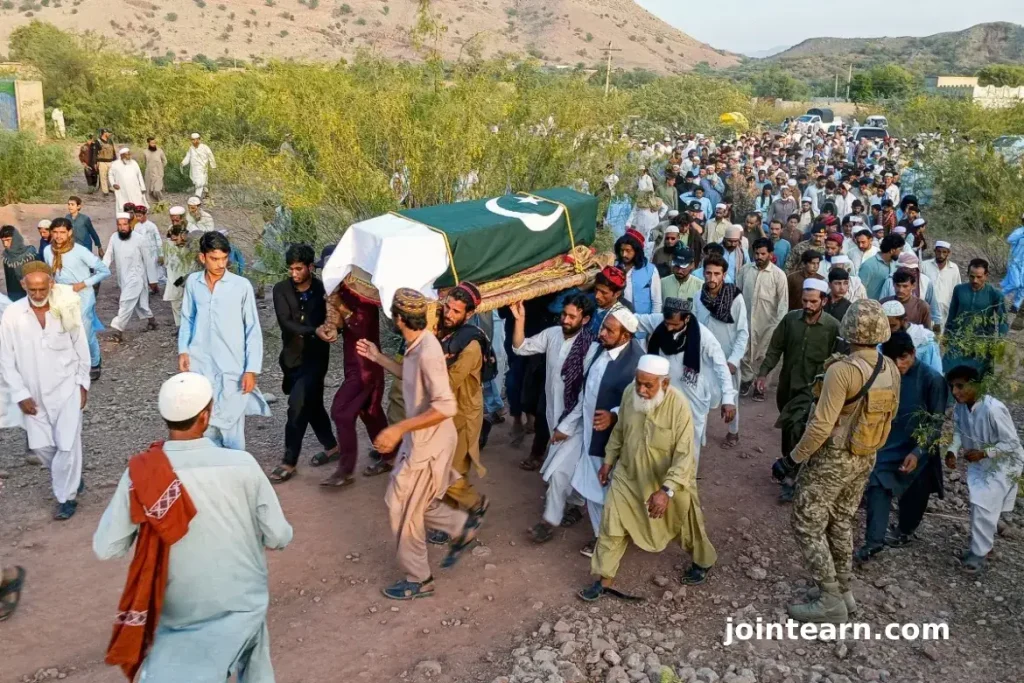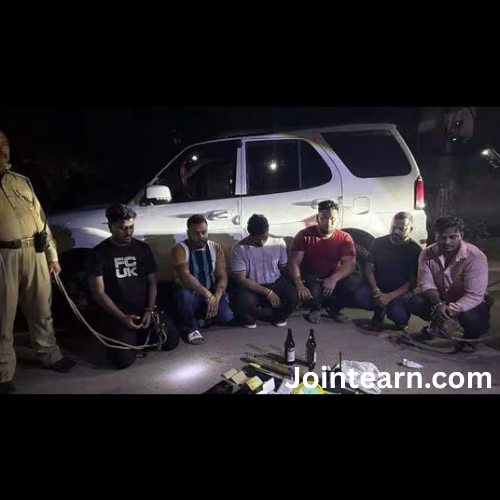
Temporary Ceasefire Amid Escalating Border Violence
Afghanistan and Pakistan have entered a 48-hour ceasefire following the deadliest clashes along their shared border in years. The truce began on Wednesday at 6:00 pm Islamabad time (13:00 GMT) and was mutually agreed upon, with both nations claiming the other requested the pause to allow dialogue.
The ceasefire aims to provide a temporary halt to hostilities and enable diplomatic discussions to resolve the ongoing tensions that have resulted in significant civilian and military casualties.
Taliban Government Orders Respect for Truce
In Kabul, the Taliban government instructed its forces to honor the truce, while emphasizing that any violations by Pakistan would prompt an immediate response. Taliban spokesman Zabihullah Mujahid confirmed on X that the order was intended to ensure peace during the 48-hour window.
Pakistan’s military also reaffirmed the ceasefire, stating: “During this period, both sides will sincerely strive to find a positive solution to this complex but resolvable issue through constructive dialogue.”
Background of the Border Clashes
The temporary truce follows a week of escalating violence along the southern Pakistani border. The Taliban had launched offensives near the Spin Boldak district of Kandahar province, prompting Pakistan to threaten decisive retaliation. Pakistan has repeatedly accused Afghanistan of providing sanctuary to Tehrik-i-Taliban Pakistan (TTP) fighters, claims that the Taliban government denies.
During the clashes, Pakistani forces reported repelling attacks on two major border posts in the southwest and northwest, resulting in approximately 20 Taliban fighters killed near Spin Boldak. Pakistani authorities also cited around 30 additional casualties from overnight fighting along the northwestern border.
The Taliban, however, reported that 15 civilians were killed and dozens wounded near Spin Boldak, with minimal Taliban fighter casualties. The group also claimed Pakistani soldiers were killed and weapons seized—a claim Pakistan dismissed as “outrageous and blatant lies.”
Civilian Casualties and Journalists Affected
The violence has heavily impacted civilians, forcing evacuations on both sides of the border. In Khost province, Afghan journalist Abdul Ghafoor Abid was killed while reporting on the conflict. His death drew condemnation and highlighted the dangers faced by journalists covering the unrest.
Images from affected areas showed women and children being evacuated, injured civilians being transported to hospitals, and coffins of fallen soldiers and journalists being transferred amid ongoing tension.
Explosions in Kabul and Retaliatory Claims
On Wednesday evening, two explosions in Kabul sent black smoke into the sky. Taliban officials attributed these to accidents involving an oil tanker and a generator, denying any connection to the border conflict.
The Taliban government stated that its border offensive was a retaliation for Pakistani air strikes on Afghan territory, which Islamabad had vowed to respond to, resulting in casualties on both sides.
Path Forward and Diplomatic Engagement
The temporary ceasefire provides a window for both governments to engage in constructive dialogue and de-escalate the long-standing border tensions. While it is limited to 48 hours, it represents a crucial opportunity to prevent further loss of life and stabilize the volatile region.
Security experts stress that both Afghanistan and Pakistan must continue diplomatic efforts to address cross-border militancy, civilian protection, and military engagements to achieve lasting peace along the border.


Leave a Reply